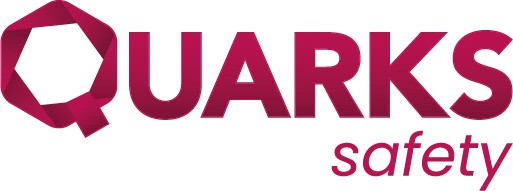But what are the new rules? And to whom do they apply?
Case n°1 : Sale to a professional in the EU
A Spanish-based manufacturer buys a large quantity of this solvent via the American company’s website.
New rule:
For this sale to be legally compliant, the American company must appoint a legal representative (RE) in the EU .
This RE will be responsible for ensuring that :
- The product is classified and labelled in accordance with the CLP Regulation.
- His name, address and telephone number also appear on the label.
Thanks to this measure, the professional operator in the EU (the Spanish manufacturer) no longer has to take on the role of importer. In this case, responsibility for compliance rests with the US company as foreign seller and its designated RE in the EU.
Case 2: Sales to end consumers in the EU
A private individual in France orders a small quantity of H2O2 for personal use directly from the American company’s website, without any intermediaries.
New rule:
In this case, the new CLP measures do not apply, and the designation of a BR in the EU is not mandatory, as the buyer is a final consumer, not a professional economic operator.
This could create a loophole where non-compliant substances or mixtures could be made available via online sales. This is where the General Product Safety Regulation (GPSR) could step in to fill the gap.
Case 3: Sales via a European platform with a base in the EU
The American company sells its hydrogen peroxide via a European marketplace like CHEMONDIS. The platform sends products from a warehouse in Cologne.
Enhanced obligations:
In this case, the company must appoint a BR in the EU who will be responsible for :
- Ensuring that products comply with CLP requirements (correct labels and Safety Data Sheets (SDS)).
- Write your information on the labels.
The European marketplace, as intermediary or distributor, may also require this compliance to protect European users.
Why is this reform essential?
- Clarification of responsibilities: This reform avoids the confusion where the end-buyer (private individual or professional) has to “import” the chemicals himself. From now on, the non-European operator must anticipate this regulatory need.
- Greater transparency: Labels will always indicate an EU-based responsible party for products placed on the European market.
- Enhanced user protection: Whether for industrial users or consumers, this reform guarantees that products comply with the European regulatory framework in terms of health and the environment.
Quarks Safety can help you make the transition!
At Quarks Safety, we understand the complexity of these changes and their implications for companies. With our software solution, we help manufacturers to :
- Manage their CLP regulatory obligations.
- Ensure proactive compliance for sales in the European market.
- Simplify their labeling and documentation flows (SDS, hazard statements).
Want to find out more? We’d love to hear from you!



